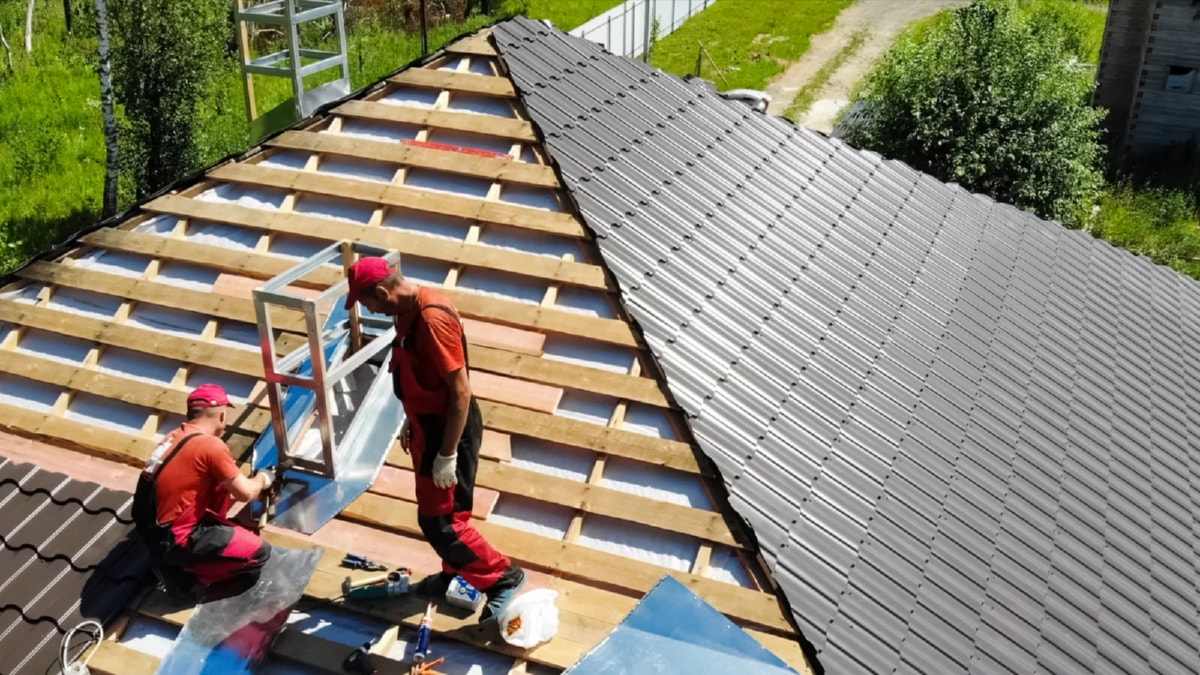Green building, also known as sustainable or high-performance construction, involves the execution of structures using processes which are environmentally responsible and resource-efficient. These practices have become increasingly important as we grapple with the realities of climate change, resource depletion, and increasing pollution levels. This article will explore some of the most innovative green building practices and how they will shape the future of construction.
One of the most significant advances in green building technologies is the development of energy-efficient materials and systems. For instance, the use of photovoltaic glass has the potential to revolutionize the industry. This innovative technology allows windows to generate electricity by converting sunlight into energy. Not only does this reduce a building’s reliance on traditional energy sources, but it also transforms previously passive elements of a building into active energy producers.
Moreover, smart technologies are also being integrated into green construction practices. Smart buildings use automated processes to control the building’s operations, including heating, ventilation, air conditioning, lighting, and security systems. This technology ensures maximum efficiency, reducing energy consumption and, in turn, reducing the building’s environmental footprint.
Another exciting innovation in green building is the use of green roofs. These roofs are covered with vegetation and soil, or a growing medium, planted over a waterproofing membrane. Not only do green roofs provide insulation, reducing the need for heating and cooling, but they also absorb rainwater, provide wildlife habitat, and help to lower urban air temperatures.
The construction industry is also seeing a shift towards using more sustainable, renewable materials. Bamboo, for instance, is being used more frequently in construction due to its rapid growth and strength. Recycled steel and plastic are also being increasingly used, reducing the demand for new materials and reducing waste.
3D printing is another technology that is set to revolutionize the construction industry. It has the potential to greatly decrease the time taken to construct buildings, cut down on waste and reduce the need for transport. Furthermore, 3D printing can be used to create intricate designs, which would have been otherwise difficult and expensive to achieve.
The concept of zero-energy buildings (ZEBs) is also gaining momentum in the construction industry. A zero-energy building is a building with zero net energy consumption, meaning the total amount of energy used by the building on an annual basis is equal to the amount of renewable energy created on the site. This concept is expected to become more common in the future as we move towards more sustainable construction practices.
As we look towards the future of green building, it seems clear that the industry is on the brink of a transformation. With the adoption of new technologies and innovative construction practices, we are likely to see a shift towards more sustainable, energy-efficient buildings. These changes won’t just benefit the environment, they will also lead to cost savings for builders and occupants, and a better quality of life for everyone.
In conclusion, as the world grapples with climate change, the construction industry is stepping up, pioneering new technologies and practices to reduce its environmental impact. These exciting innovations in green building are not just shaping the future of construction, but are also providing a blueprint for a more sustainable world.
For more details, check best interlocking services Toronto or visit their business listing here.



